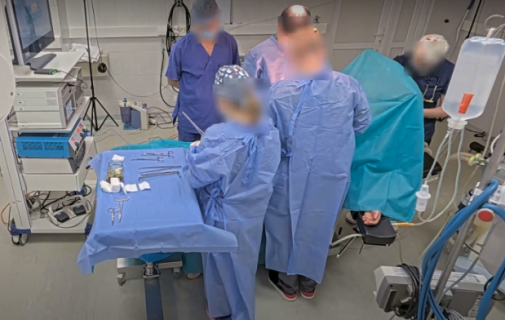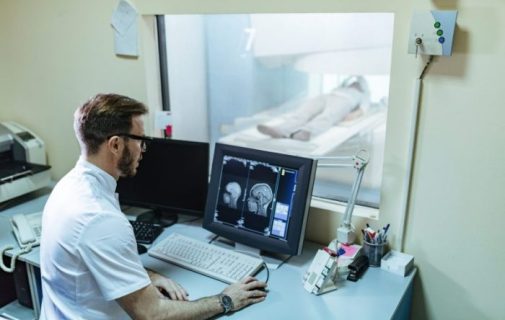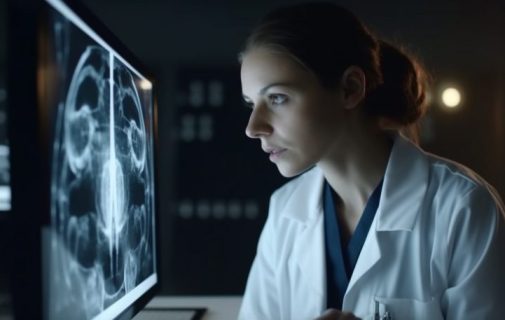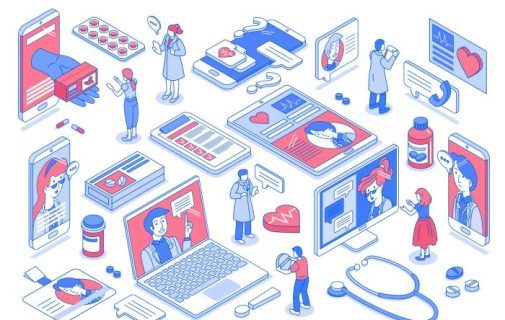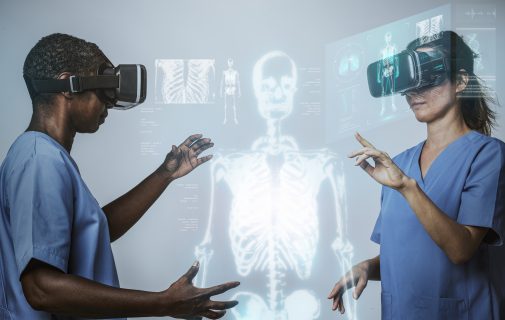 Reduce Burnout in Radiologists With AI
Reduce Burnout in Radiologists With AI
Just like regular office workers, radiologists experience burnout which presents a wide range of issues such as moral injury, anxiety, cognitive impairment, and diminished functional capacity. Burnout can strike at any time and can occur at any stage of a radiologist’s career. In this article, we will take a look at some of the factors that drive burnout in radiologists and how AI can help resolve this problem.
What Factors Influence Burnout in Radiologists?
According to data from the Medscape 2022 National Physician Burnout and Depression Report, the top five factors driving burnout in physicians across medical specialties are:
- Too many bureaucratic tasks
- Lack of respect from administrators, employers, colleagues, and staff
- Too many hours on duty
- Lack of autonomy over one’s life
- Insufficient salary
While this report studied physicians in general, these factors certainly affect radiologists as well and contribute to burnout. However, if we look particularly at radiologists, another factor they would need to deal with in isolation. While it takes a team of radiologists, nurses, technicians, and other staff members to run a successful medical practice, diagnostic radiologists spend a lot of their time working on tasks all by themselves. They work independently at siloed workstations or other rooms and communicate with referring doctors via Zoom or other virtual communication apps.
Other factors we have to think about are just how much it is necessary to study each medical image and the exhausting effects this has. It is very important not to miss the slightest detail since this can cause a patient to be misdiagnosed. While these are all problems radiologists are dealing with on a daily basis, AI has the potential to take some of the workloads and stress off their shoulders.
Let’s take a look at how AI can come to the assistance of radiologists and help them lower burnout rates.
How Can AI Help Reduce Burnout Rates in Radiologists?
One of the most interesting ways of helping reduce burnout in radiologists is the use of AI and, more specifically, Picture archiving and communication systems (PACS). These diagnostic imaging and workflow solutions integrate several key facets of the work — diagnostic reading, exam workflow, AI, 3D post-processing, enterprise visualization, and archiving — into a single platform. It’s a great way to provide advanced functionality at an affordable cost.
Including AI in the workflow of radiologists can take some of the workloads and increase accuracy. After a radiologist has looked at a medical image, it can be double-checked by an AI system to add a layer of precision and consistency to the search for anomalies that sometimes go unnoticed. Medical imaging AI can also augment the highest level of accuracy that may suffer during long or overnight shifts, giving radiologists peace of mind knowing that they have an extra level of decision support.
Finally, it can also help resolve the issue of working in isolation since radiologists will not have to spend as much time looking at one medical image. All of this saved time can allow a radiologist to take a break and refuel some of the lost energy.
AI Technology in Radiology Requires Significant Training
The overall accuracy of AI systems is only as good as the data that was used to train them. In the case of AI in radiology, thousands and thousands of medical images will need to be used as training data. One of the biggest problems here is that such training data can be difficult to obtain given all of the laws and regulations, such as GDPR or HIPAA and many others, that strictly govern patient privacy. This is why so many companies hire a third-party vendor to supply all of the medical images they need to be used for training the AI system.
The Potential of AI in Radiology is Huge
AI has the potential to reduce or even eliminate some of the factors that are causing burnout in radiology. This is why medical organizations need to act fast and start implementing this technology today. Even if the AI system you implement reduces the number of time radiologists spend on repetitive tasks, this will go a long way toward helping reduce burnout.

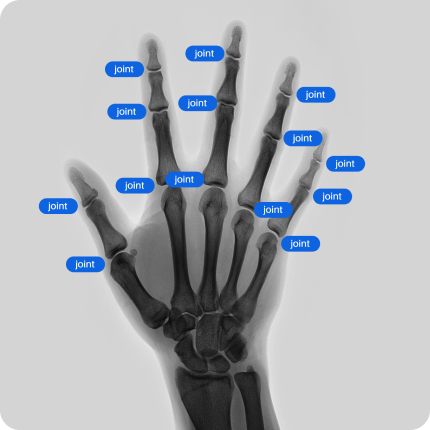
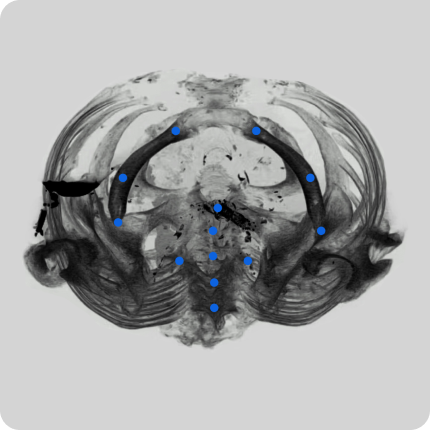
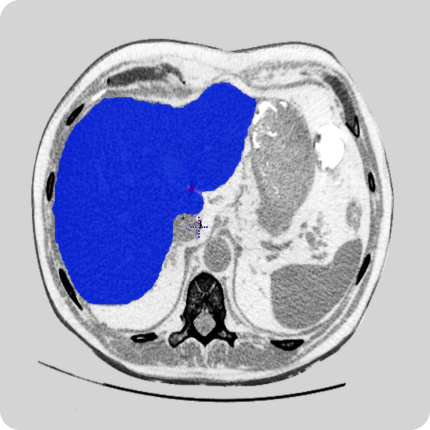











 Reduce Burnout in Radiologists With AI
Reduce Burnout in Radiologists With AI




